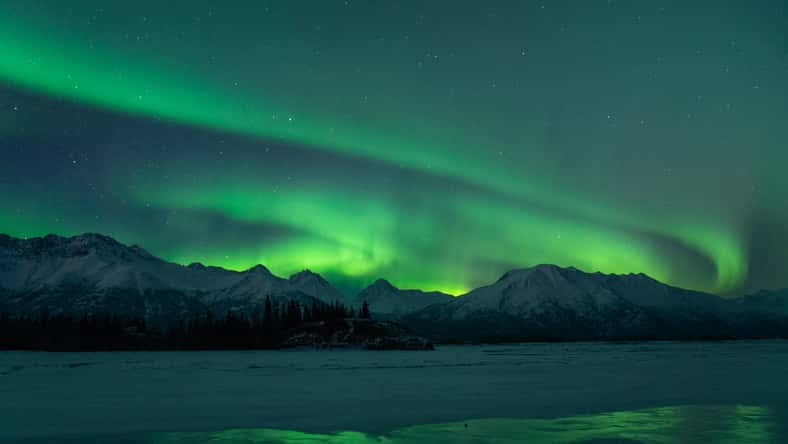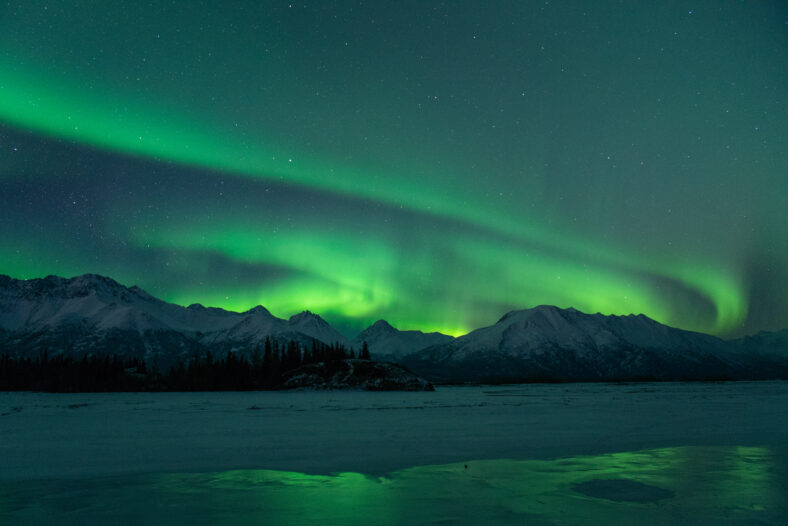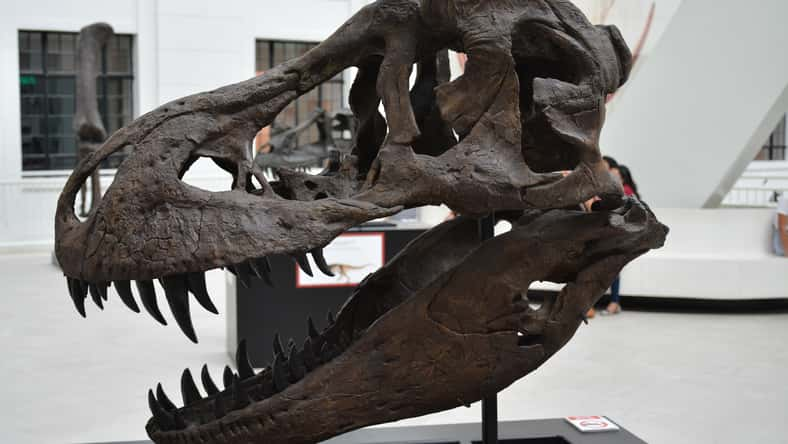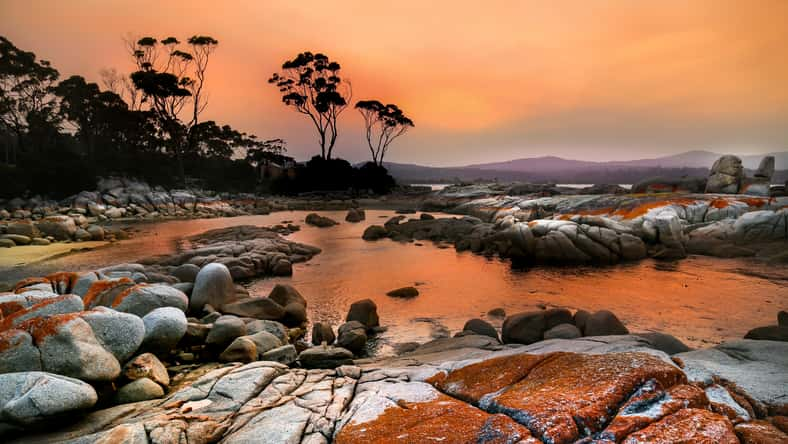
Recently, two NASA sounding rockets launched into auroras over Alaska to study how these geomagnetic light shows affect the Earth’s upper atmosphere.
The experiment was titled Auroral Waves Excited by Substorm Onset Magnetic Events, or AWESOME. It is being led by researchers from the University of Alaska Fairbanks (UAF).
In the early morning hours of March 25, two of the three planned rockets blasted off from the Poker Flat Research Range north of Fairbanks, Alaska.
As the pair of rockets flew into the auroras, they emitted puffs of gas called vapor tracers, which created colorful light shows that could be seen throughout most of northern Alaska.
The vapor tracers can be recorded and analyzed from the ground. According to NASA, their movements are used to measure atmospheric winds and flows of charged particles in the upper atmosphere and ionosphere.
“I’m extremely pleased that we were able to get the conditions to line up to allow us to launch and to conduct the experiment,” said Mark Conde, the lead researcher from the Geophysical Institute and a space physics professor at UAF.
“I am absolutely delighted.”
The first rocket to launch for the experiment was a 42-foot Terrier-Improved Malemute rocket. The second was a 70-foot, four-stage Black Brant XII rocket.
The sounding rockets released vapor tracers and pressure sensors at various heights across central and northern Alaska during a sudden auroral substorm.

Sign up for Chip Chick’s newsletter and get stories like this delivered to your inbox.
Such a storm occurs when an aurora suddenly and briefly brightens. The Malemute rocket measured magnetic perturbations caused by the aurora.
Overall, the rockets will help determine how the energy and momentum that auroral substorms create in the Earth’s middle and lower thermosphere may disrupt its stability.
Space weather forecasting can be improved by developing a better understanding of how auroras interact with Earth’s upper atmosphere.
During the launch, researchers were at ground stations in Toolik Lake, Kaktovik, Utqiagvik, Venetie, Eagle, and Poker Flat in Alaska. That way, they could view the experiment from many different perspectives.
“Because we had the two-stage rockets deploying over central Alaska and the four-stage rocket deploying off the north coast of Alaska, we essentially were conducting two independent tracer experiments at the same time,” said Conde.
“And because the camera locations we needed were completely different for each of those rockets, we needed many camera sites to be clear at the same time.”
The launch of the third rocket, a two-stage Terrier-Improved Malamute, had to be delayed because of a problem with the motor. The team is now looking into a small issue with the wiring harness for one of the motor stages.
The third rocket will launch additional vapor tracers. They must be released at dawn so that the sunlight can activate them while it is still dark enough on the ground for the cameras to pick up their movement.












